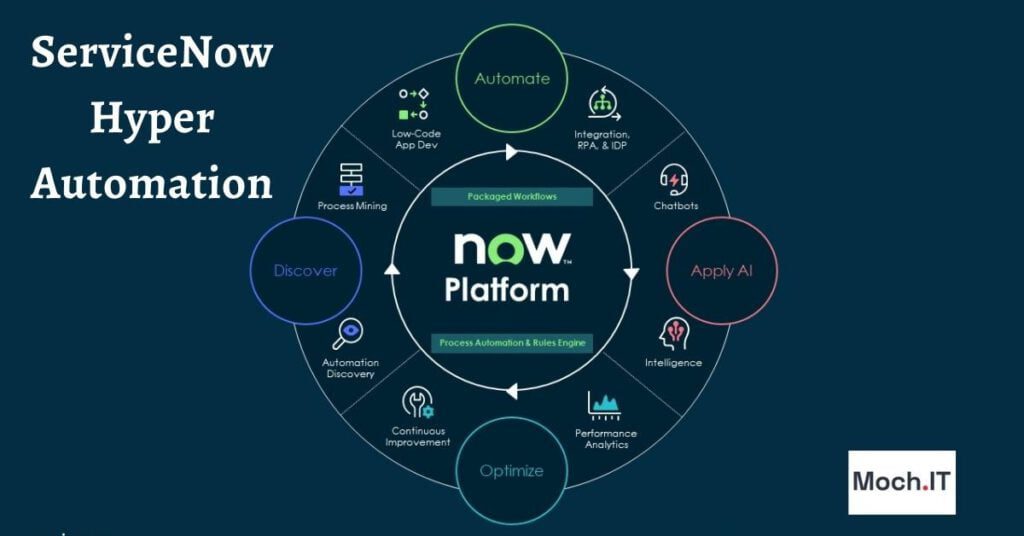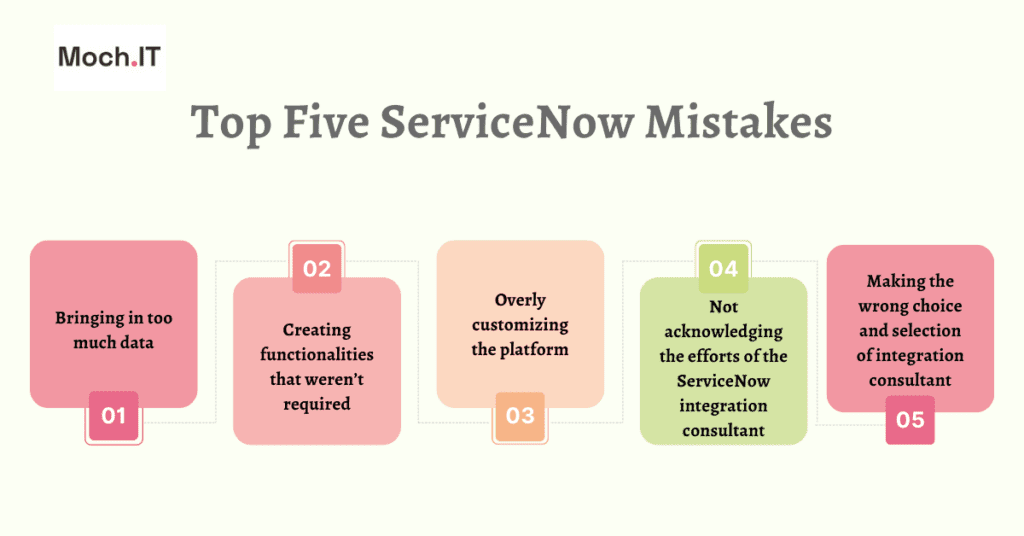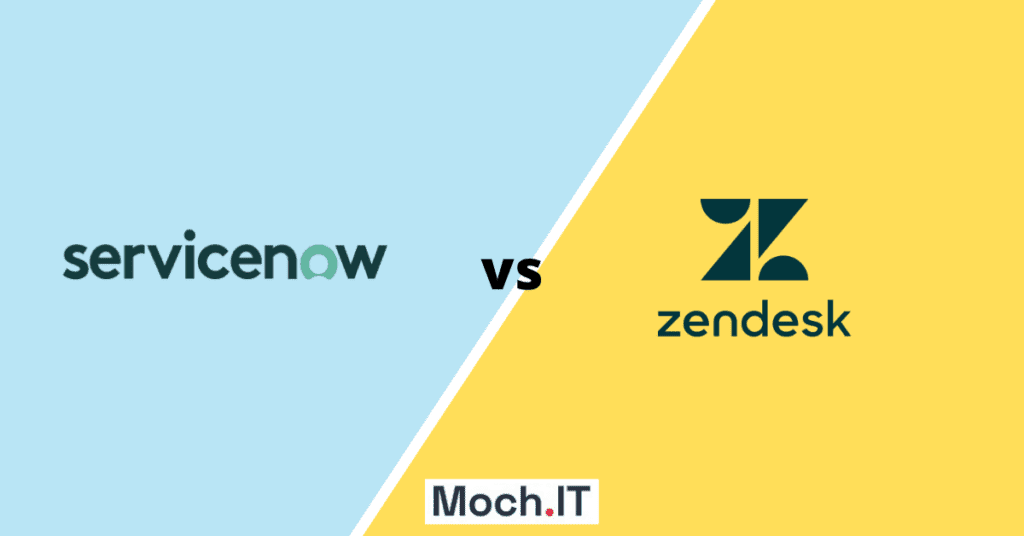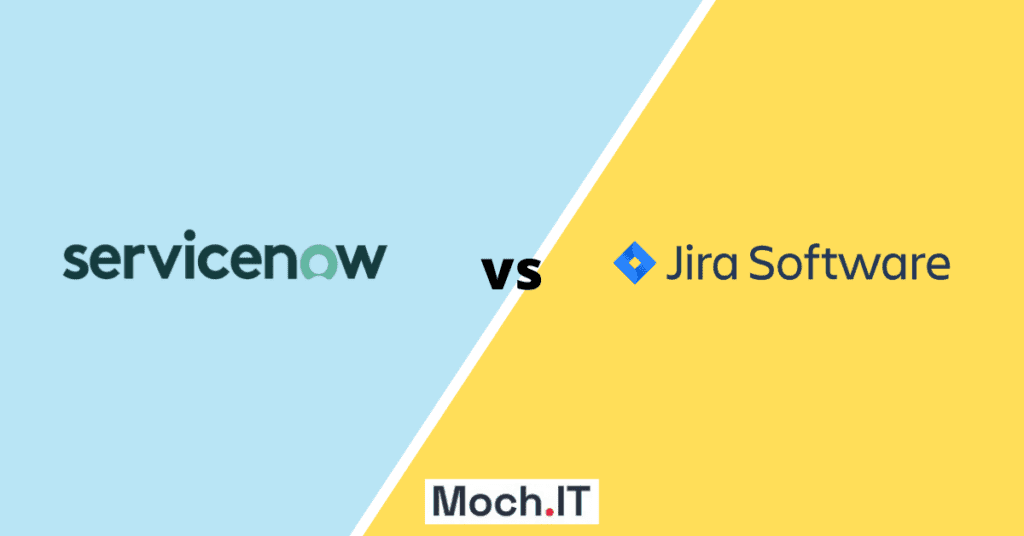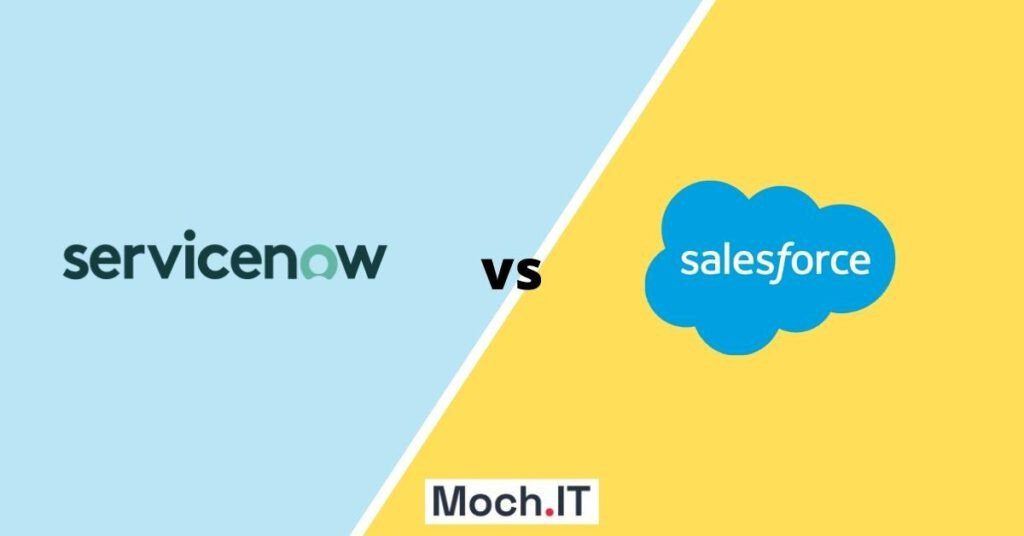The Tokyo release of ServiceNow, expected to occur in the fourth quarter of 2022, was finally released on 04 August 2022 with many new cool features and system updates. But, do you know what is so promising about this new release?
If you don’t, let us share the highlights. In this blog, we will discuss the new features and updates of the Tokyo release. Let’s get started!
Tokyo Release Features and Upgrades
1. Admin Dashboard
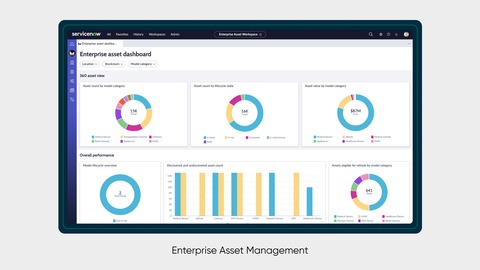
You can now monitor the number of installed applications and receive notifications whenever newer versions become available, all thanks to this handy new addition to the platform. Not only can you monitor the status of your applications, but also the tasks that have been given to you.
A favorites folder and widgets area are also available on the dashboard. As a Functional Consultant, you would enjoy the widgets’ flexibility in arranging your apps to best suit your needs.
2. App Engine Studio
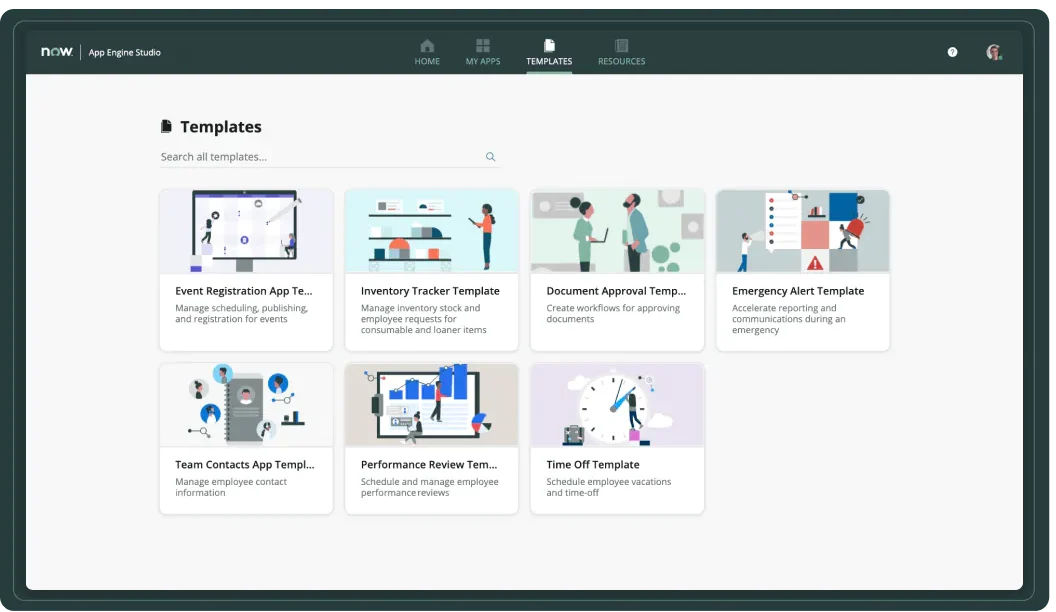
There are a number of new features and streamlined workflows in Tokyo’s App Engine Studio that make it easier for enterprises to encourage citizen developers to create their own apps and provide those developers with more visibility into the app’s development process.
With the new Template Sharing function, admins may choose which user groups have access to which shared templates. By doing so, we can ensure that users only see the templates that are actually useful to them.
3. Business Objective
The company as a whole, not just the admin, can use this website to assess how well they are doing and where they can make enhancements.
The layout is attractive, and the performance indicators are straightforward to read. It provides a clear snapshot of the current state of 6 key performance indicators for the company.
Simply put, it reveals to the company what they are already using and what ServiceNow suggests they switch to in order to improve the user experience.
4. Task Intelligence of CSM
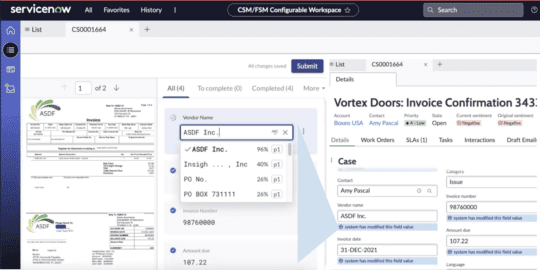
With the advent of Task Intelligence, AI makes significant progress in CSM. Task Intelligence is formidable because it combines and improves upon many different aspects and capabilities.
Information gathering, categorization, prioritizing, routing, and resolution of cases are all significantly sped up by the enhanced Task Intelligence AI toolkit. In this way, agents can prioritize cases based on the sentiment of their customers.
Using an analysis of the language and the content of any attached files, Document Intelligence lowers the need for manual data entry. Moreover, Document Intelligence, when coupled with language identification technology, may greatly enhance and speed up the process of automatically routing cases.
5. Formula & Condition Builder
The ServiceNow developer community makes the most frequent use of the formula builder. It implies that you may now write a formula for a specific field while working with a table in the Application Builder of App Engine Studio.
However, Condition Builder lets you modify existing ServiceNow conditions or create new ones from scratch.
6. HR Service Delivery (HRSD)
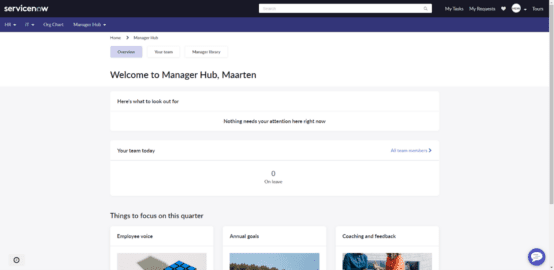
Two new improvements are being implemented for HRSD, both of which will save time and increase the module’s adaptability. The new Manager Hub gives managers a convenient way to keep tabs on their employees and implement last-minute changes, while ad hoc approvals let HR agents add approvals to cases that are part of an HR service.
Before the addition of the Manager Hub, the HRSD module exclusively catered to HR staff, agents, and administrators. Now, supervisors have access to a multi-faceted tool that provides a bird’s-eye view of their team’s travels, experiences, and insights.
They also have everything they need to effectively manage their staff, so they can give their whole attention to the tasks at hand.
7. Multilingual Notification Support
While English remains the default language for notifications, users can now change the language to one more familiar to them. Unless the user alters it, the language will be set to English by default.
With this new upgrade, coworkers from all over the world can now get the same alert as their international counterparts but in their own language.
8. Technology Reference Model (TRM) In Application Portfolio Management (APM)
The new Technology Reference Model (TRM) from APM makes it possible for enterprise architects to establish and maintain guidelines for software development and control the use of unapproved programs inside an organization.
Users are able to establish and monitor software quality metrics in the TRM. Software-related security threats are reduced when you gain insight into which apps have technical debt and do not adhere to standards.
9. ITOM Governance

The new ITOM Governance app offers procedures to determine whether or not your business is prepared for the cloud and to implement cloud governance policies.
IT Operations Management (ITOM) Governance helps you prepare for, manage, and report on your cloud migration of IT resources and workloads. In terms of tag governance, this is a huge win because it makes fixing erroneous or missing tags for cloud resources much less of a hassle.
In terms of governance, this means that any breaches in configuration rules may be easily identified and corrected and that your company’s cloud resources can be utilized within the context of unique workflows.
10. Integrated Risk Management (IRM)
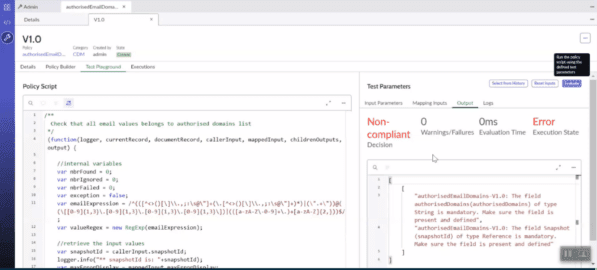
With Tokyo, the DevOps module and the Policy and Compliance application are now automatically integrated. This revolutionary function provides Policy and Compliance teams with much-needed oversight, as DevOps activities must often adhere to internal and external compliance regulations.
ServiceNow now features automatic monitoring of all DevOps workflows. The system will generate an issue and associate it with the relevant policy whenever a development activity or piece of code is executed in a way that violates the standards set forth by internal or external policies.
With this kind of automated checking in place, time and energy on both sides can be conserved. Teams tasked with ensuring compliance keep a close eye on all aspects of development, ready to intervene at the first sign of trouble.
Meanwhile, compliance teams are alerted immediately whenever they deviate from the proper manner of doing things, allowing for rapid course correction.
Bottom Line
Up til now, these are some of the major modifications we have noticed and searched so far. In more blogs, we will definitely share more info with you. To learn more about the changes made in the Tokyo release, visit this page on the ServiceNow website.



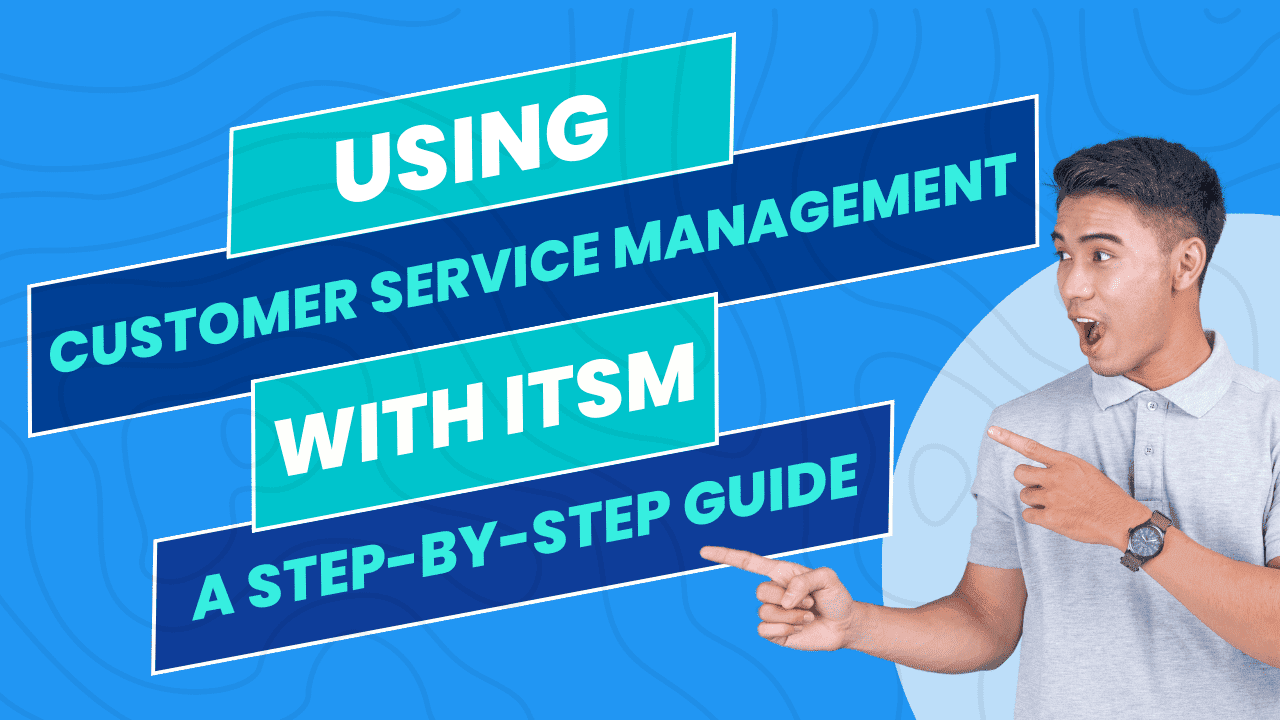

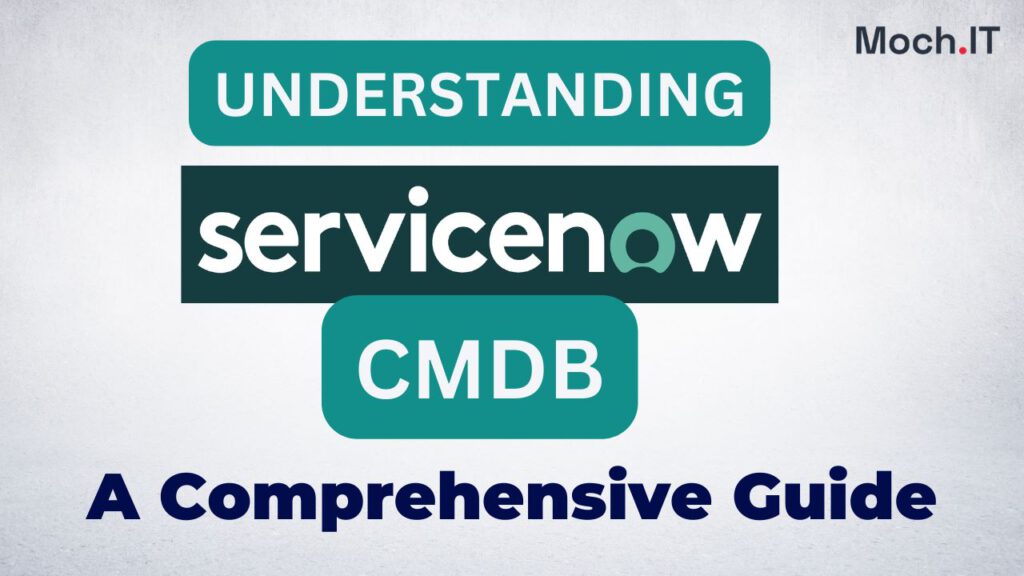
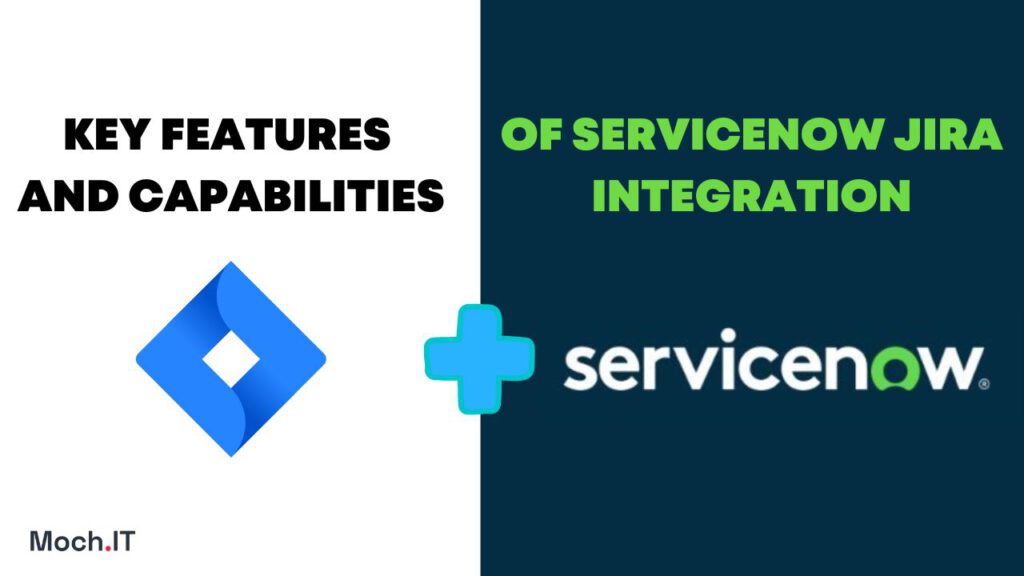
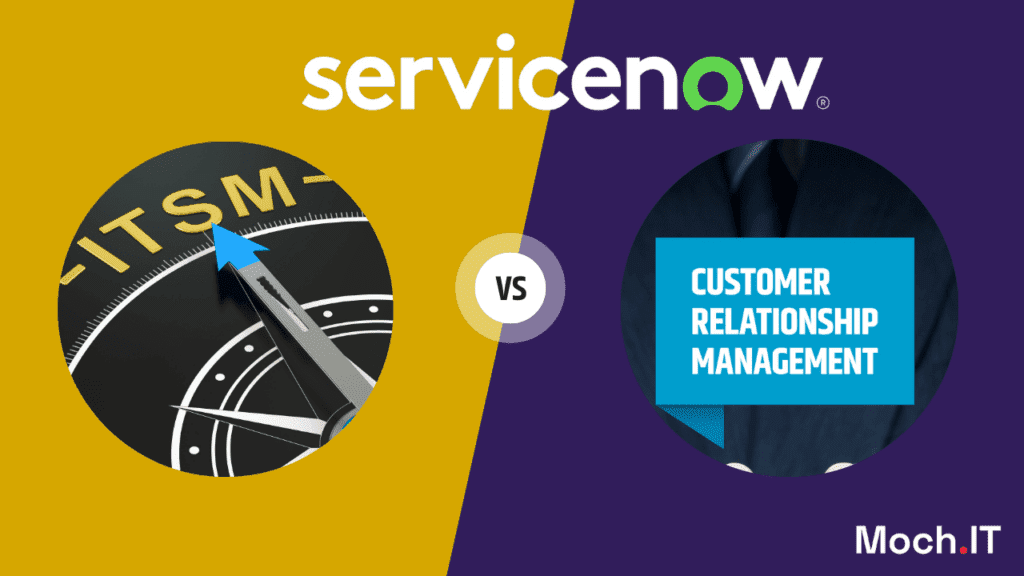
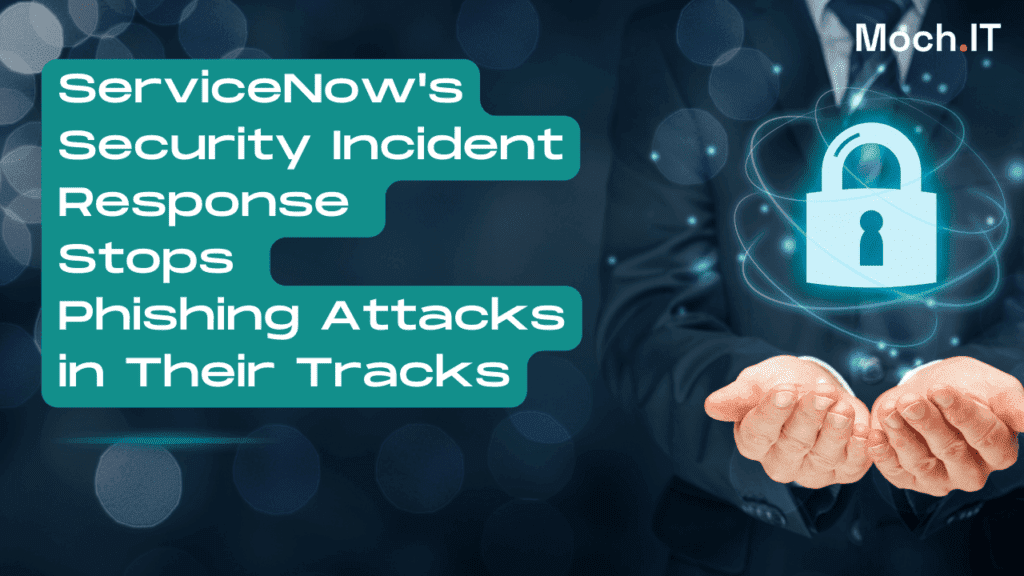
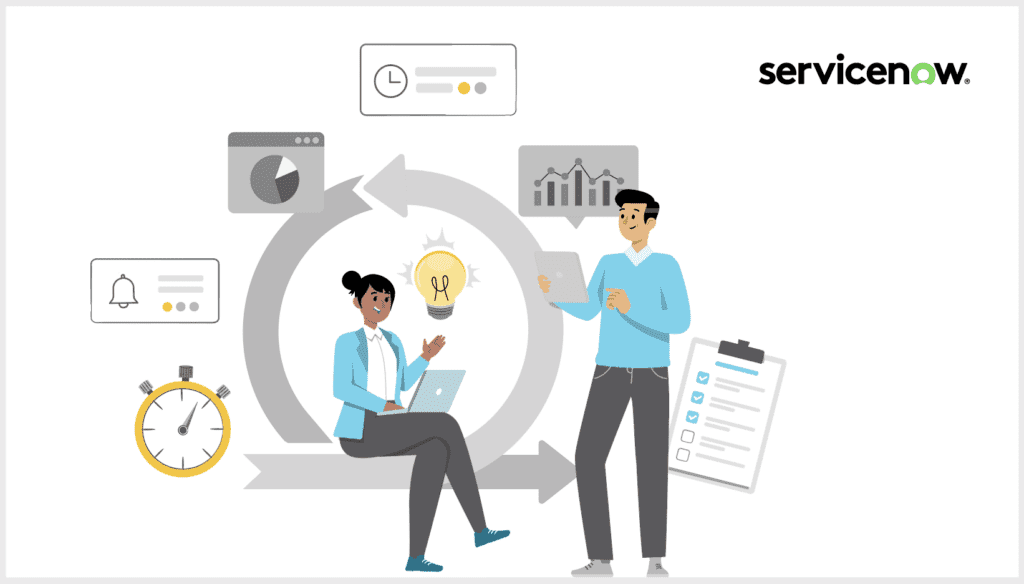


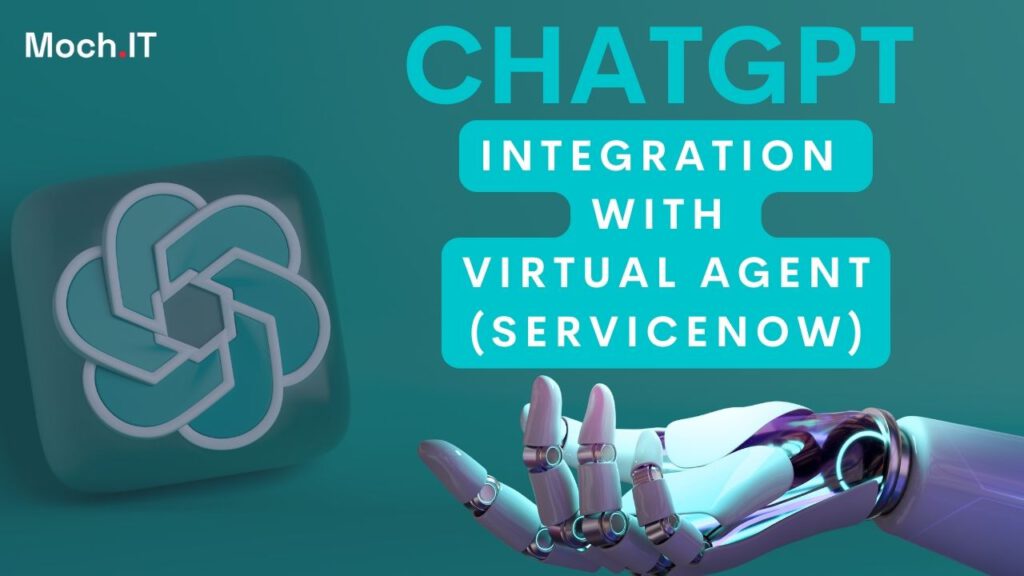
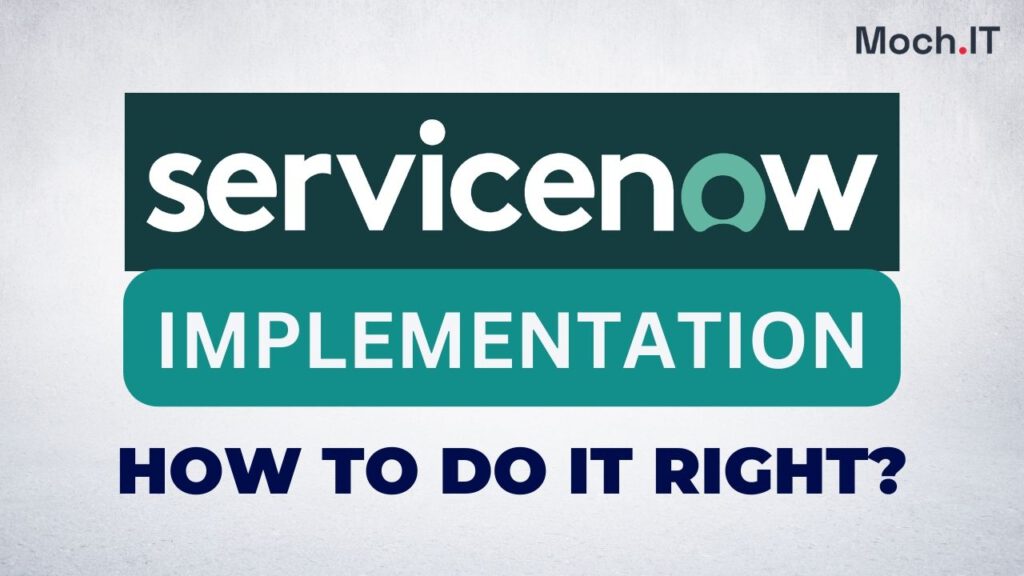
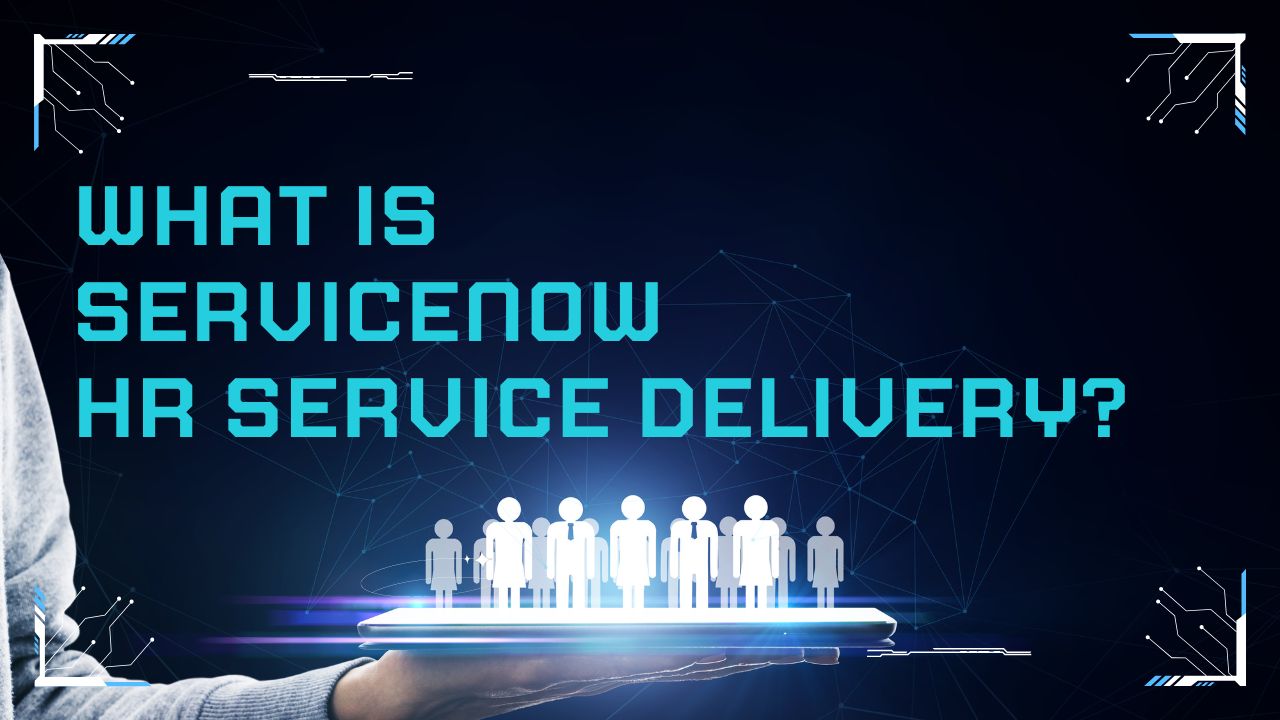
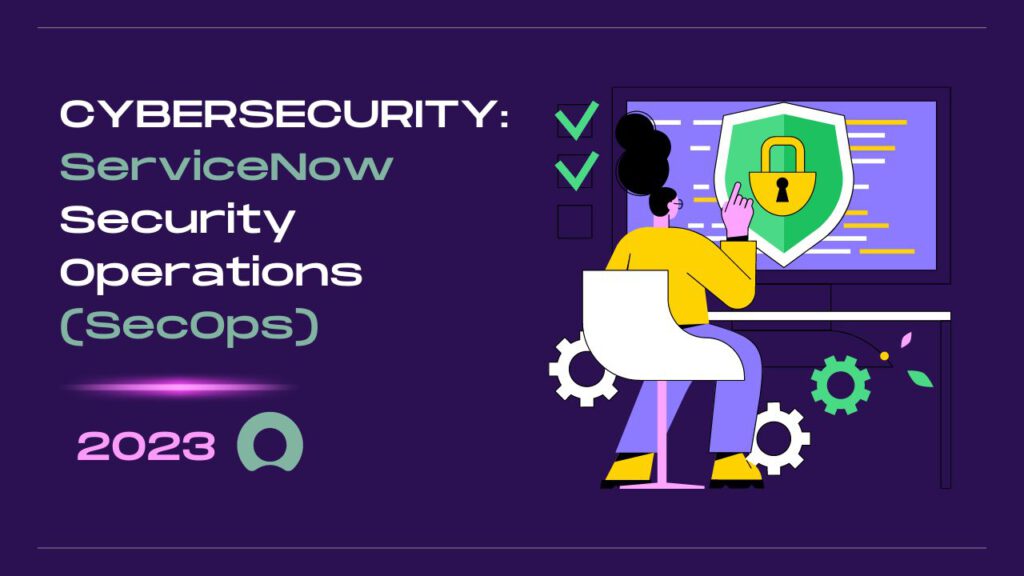
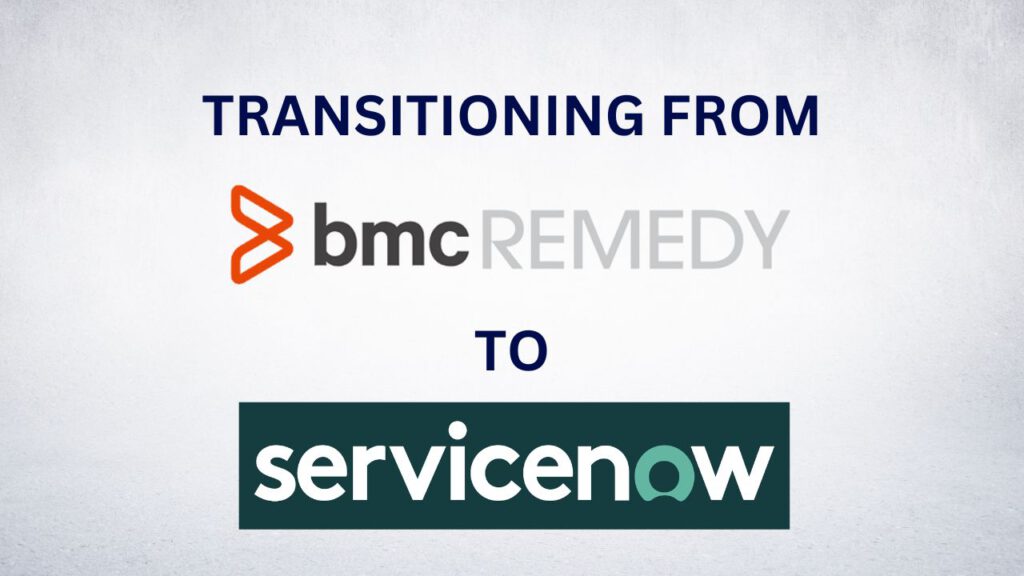
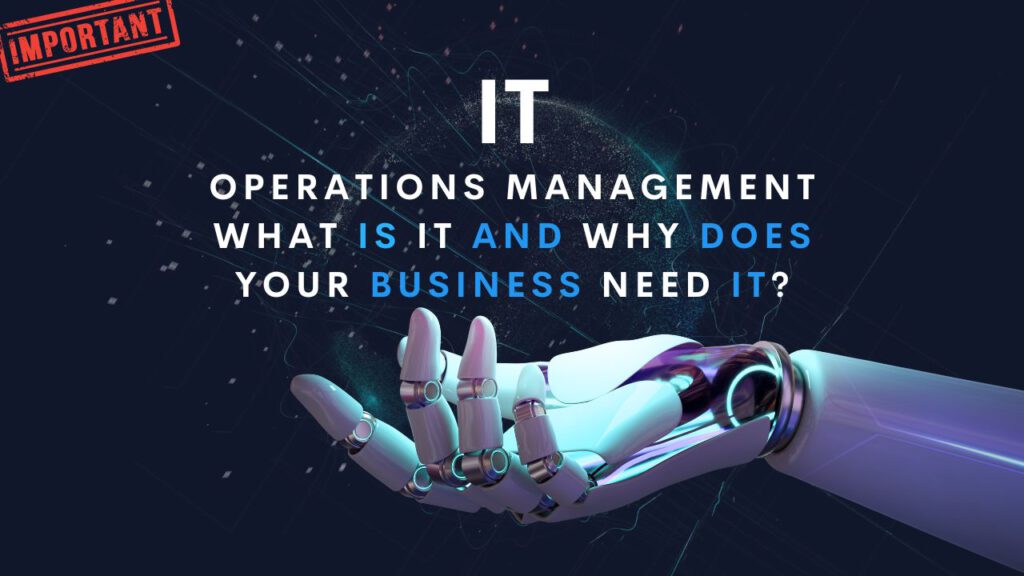


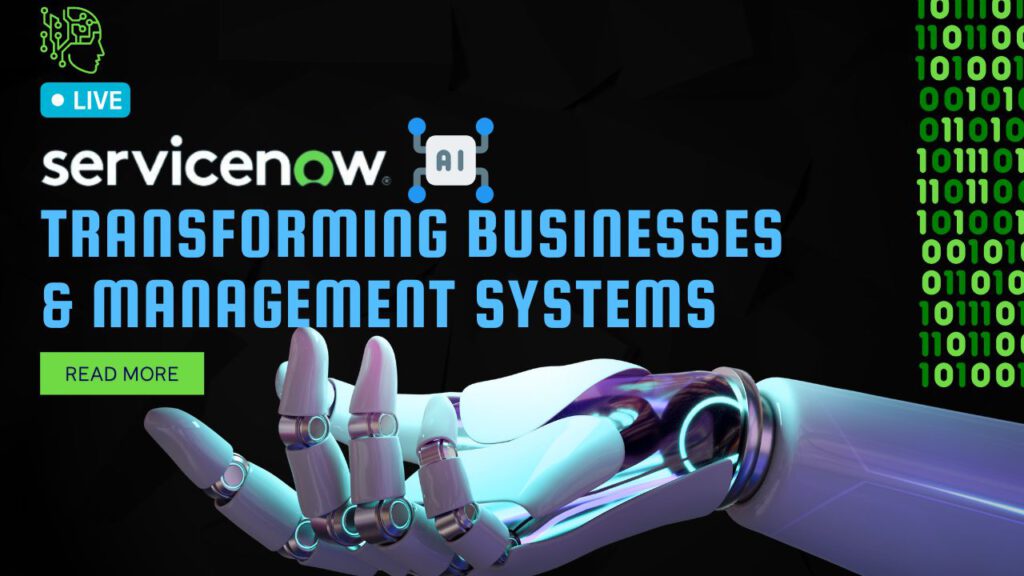
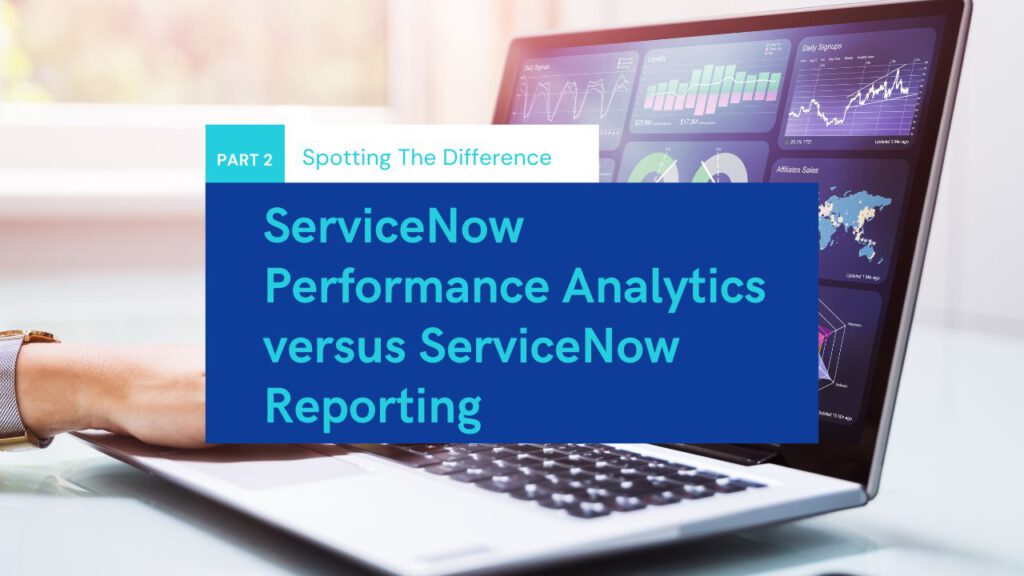
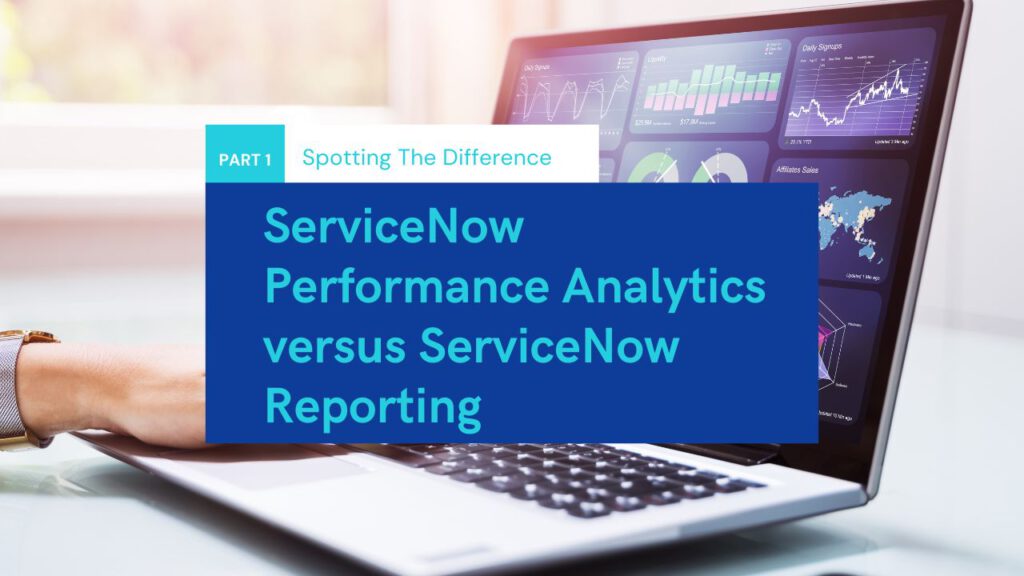
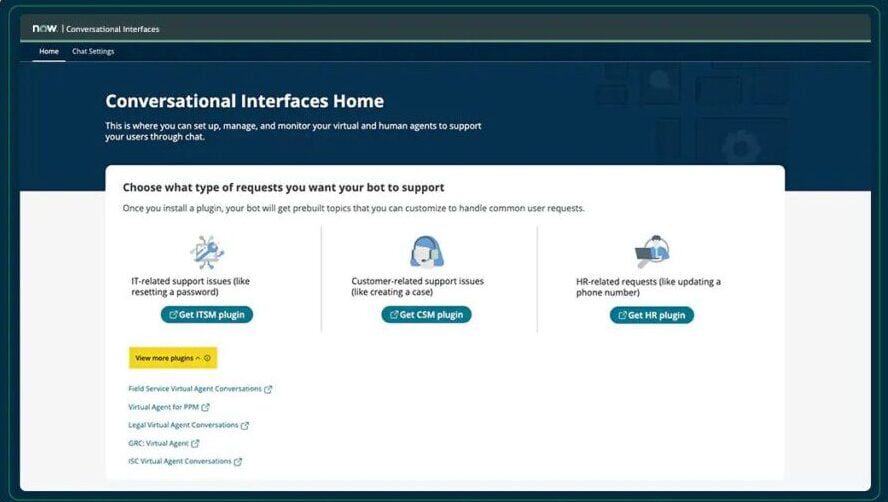

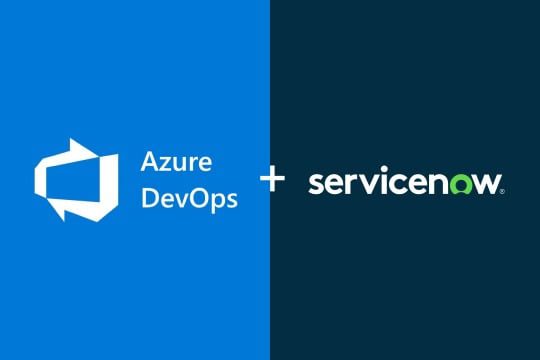
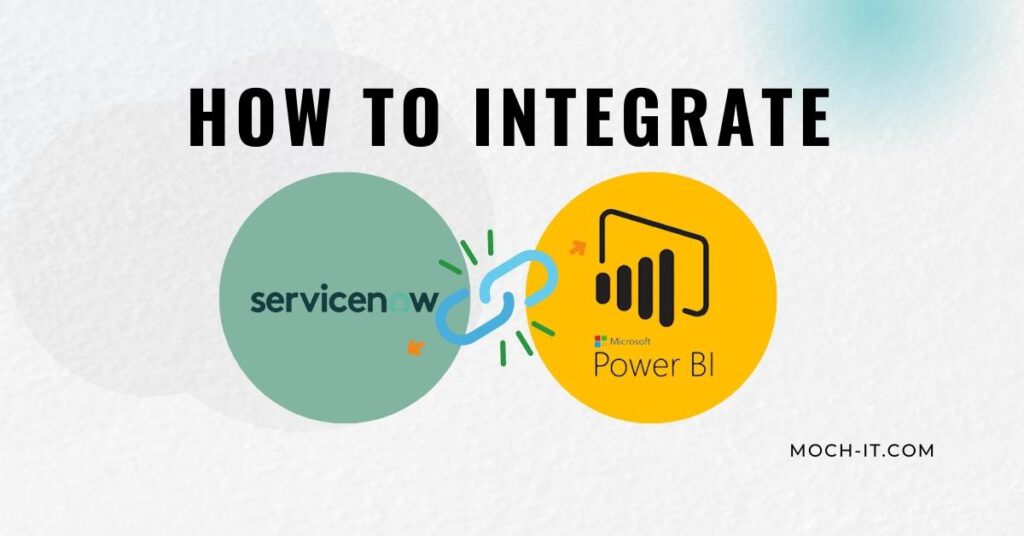
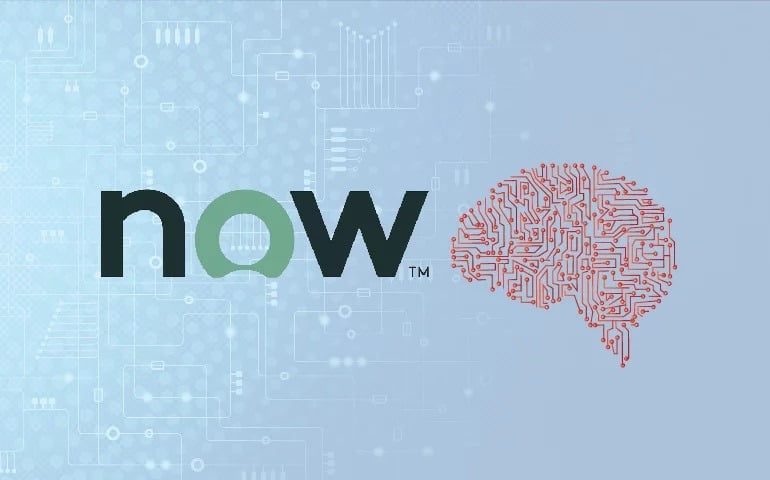
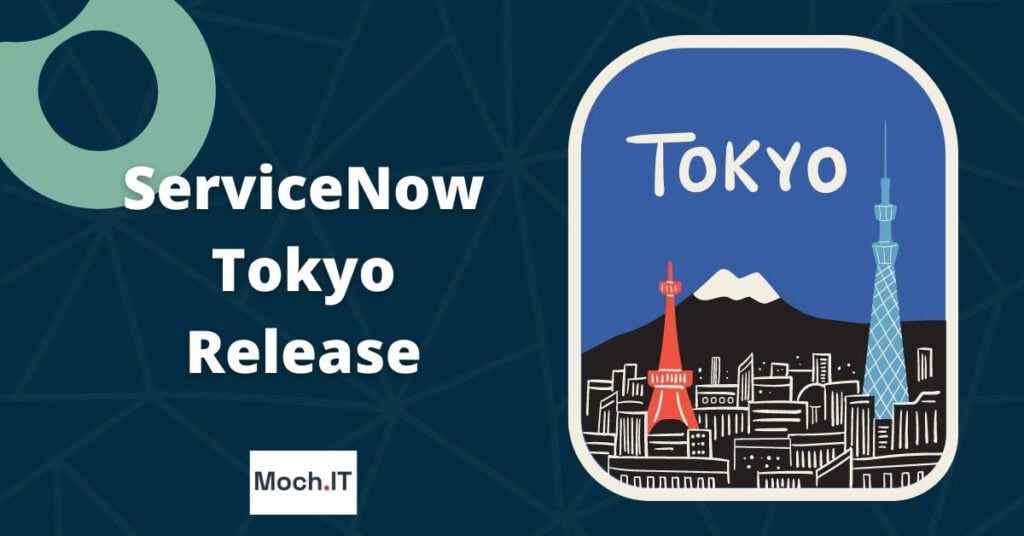

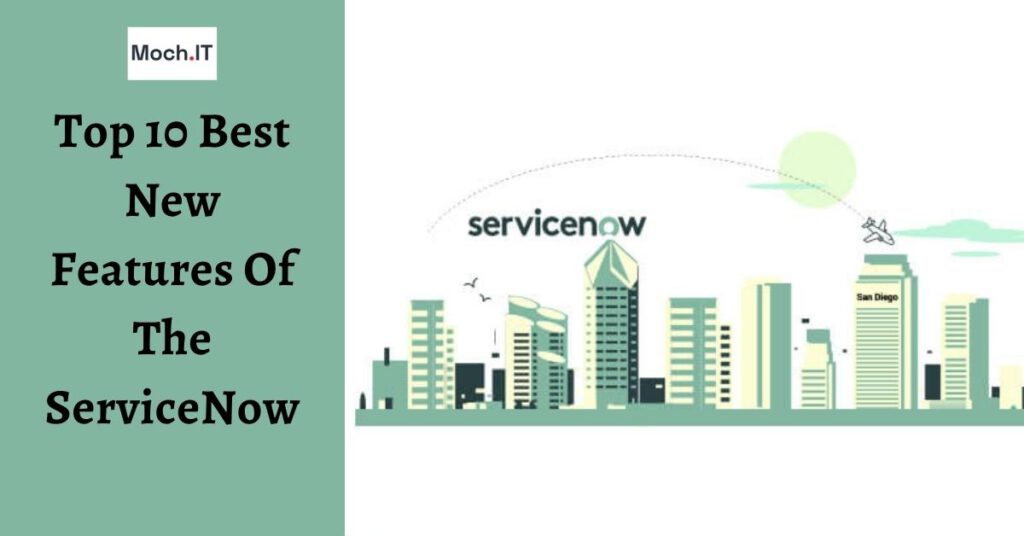
![Servicenow Latest Version: [ A Guide ]](https://moch-it.com/wp-content/plugins/phastpress/phast.php/c2VydmljZT1pbWFnZXMmc3JjPWh0dHBzJTNBJTJGJTJGbW9jaC1pdC5jb20lMkZ3cC1jb250ZW50JTJGdXBsb2FkcyUyRjIwMjIlMkYwOSUyRlNlcnZpY2Vub3ctTGF0ZXN0LVZlcnNpb24tMTAyNHg1MzYtMS5qcGcmY2FjaGVNYXJrZXI9MTczNDUwOTUyMy0zNjI1NCZ0b2tlbj1hYzI0Y2NlMThkNzRlODBm.q.jpg)

